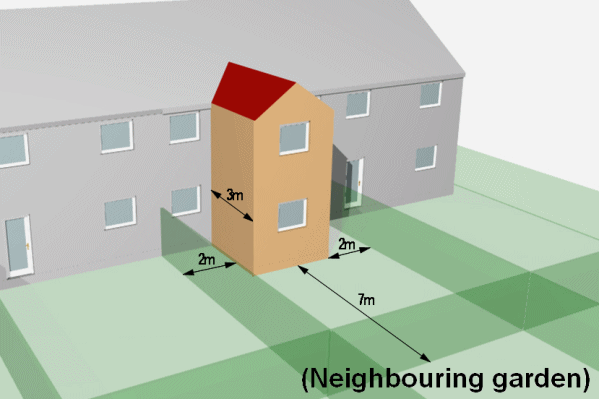Keep your neighbours happy and look into the party wall act
Firstly, what is the party wall act?
The party wall act 1996 introduced a procedure for resolving disputes between owners of neighbouring properties. The Party Wall act prevents building work by one neighbour that can undermine the structural integrity of shared walls or neighbouring properties.
What is a party wall?
A party wall is a wall that stands on one owner’s land, but is used by two or more owners to separate their buildings.
What is covered by the act?
There are certain items of work that you can only be done after notifying the adjoining owners and either receiving written agreement of the neighbour. This includes:
- Demolishing and rebuilding a party wall
- Underpinning a party wall or part of a party wall
- Inserting a damp proof course, even if it’s on your side of the wall.
- Cutting into a wall to take the bearing of a beam
- Excavating foundations within three metres of a neighbour’s structure and lower than its foundations
- Rasing a party wall and, if necessary, cutting off any objects preventing it from happening
- excavating foundations within three metres of a neighbour’s structure and lower than its foundations
- excavating foundations within six metres of a neighbour’s structure and below a line drawn down at 45° from the bottom of its foundations.
Reaching an agreement with your neighbours –
Sending a notice to your neighbours is the first step of the process, without the issue of valid notices, no action can be taken.
Written notices must be to the neighbours at least two months before starting any party wall works. Your notice must contain:
- The name and address of the building owner
- The nature and particulars of proposed work. Including plans, sections, and details of construction methods.
- The date on which the proposed work will begin
Once you’ve given your notice your neighbour can:
- Give consent in writing
- Refuse consent, which will start the dispute resolution process.
- Serve a counter notice requesting additional works be done at the same time
Finally, your neighbour must let you know in writing within 14 days if they consent to your notice.









